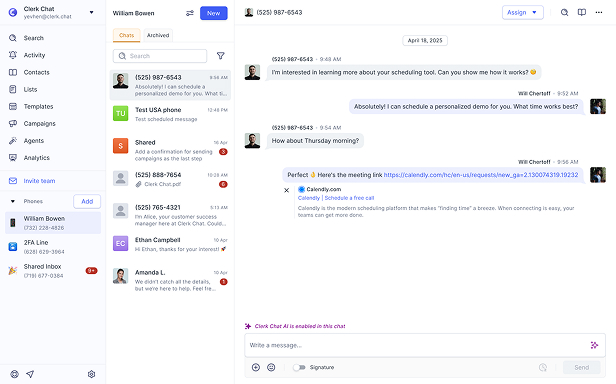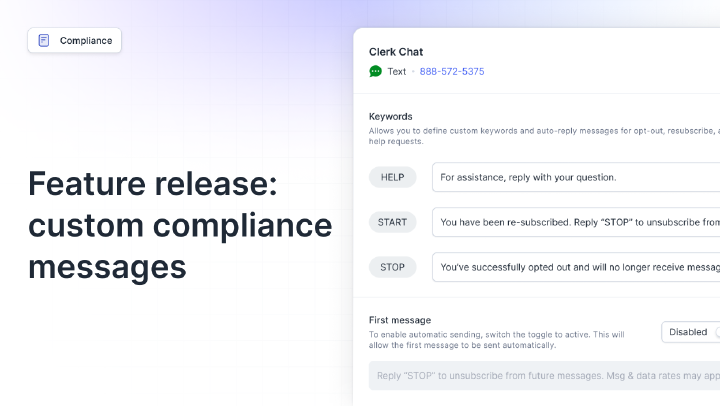Agentic AI
[əˈdʒɛntɪk ˌeɪˈaɪ]Agentic AI describes artificial intelligence systems capable of autonomous action, decision-making, and goal pursuit with minimal oversight. It interprets contexts, plans steps, and adapts dynamically using technologies like machine learning. This extends beyond reactive AI to proactive agents in operational settings.
Why Agentic AI Matters
Agentic AI shifts paradigms in business by automating complex decisions, allowing teams to prioritize strategic initiatives over routine operations.
It drives efficiency, with firms reporting 30-50% productivity increases through task automation and error reduction. In customer-facing roles, it personalizes experiences, boosting satisfaction and retention by resolving issues swiftly.
It also fosters innovation by analyzing data for insights, enabling predictive actions that mitigate risks and seize opportunities.
For global operations, its scalability handles volume spikes without added costs, contributing to revenue growth via optimized workflows. As competition intensifies, Agentic AI provides edges in agility, making it a cornerstone for future-proofing organizations.
How Agentic AI Works
Agentic AI follows a structured cycle to achieve autonomy in task execution.
Perception: Collects data from environments, sensors, or integrations, building context through inputs like user queries or databases.
Reasoning: Employs LLMs to analyze information, identify intents, and plan multi-step actions, incorporating techniques like RAG for accuracy.
Decision-Making: Evaluates options, weighs risks, and selects paths aligned with goals, adapting to new data.
Action: Executes tasks via APIs or tools, such as sending messages or updating records, with self-correction if outcomes deviate.
Learning: Incorporates feedback from results and interactions, refining models through ML to enhance future performance.
Iteration: Repeats the cycle for ongoing tasks, ensuring persistence in long-term objectives.
In communication platforms, Agentic AI might process a customer text, reason on needs, act by retrieving data or escalating, and learn from the exchange to improve subsequent interactions.
This framework supports scalability across channels.
Best Practices with Agentic AI
Identify High-Impact Use Cases: Select areas like automation in support or optimization in logistics to showcase quick ROI and build momentum.
Align with Business Objectives: Engage stakeholders to define measurable goals, ensuring AI actions support strategic priorities and compliance.
Implement Incremental Integration: Connect gradually with existing systems using APIs and middleware to test and minimize disruptions.
Establish Monitoring and Feedback: Set KPIs, use dashboards for real-time oversight, and incorporate loops for continuous refinement.
Maintain Human Oversight: Define escalation for sensitive tasks, audit for biases, and integrate feedback to keep alignment.
Use Governed Data Foundations: Leverage semantic layers for consistent, trusted context to prevent errors and hallucinations.
Design for Adaptability: Build goal-oriented systems that self-correct and handle ambiguities in dynamic settings.
Real world examples
- Retail
Stores optimize inventory with Agentic AI, adjusting stock dynamically and cutting overstock by 25%.
Read more - Healthcare
Clinics monitor patients via Agentic AI, detecting issues early and reducing readmissions by 30%.
Read more
Common misconceptions
While generative AI creates content, Agentic AI focuses on autonomous decision-making and action execution beyond content generation.
It benefits from human oversight for complex decisions and ongoing refinement to align with evolving goals.
It relies on governed, high-quality data to avoid errors and ensure accurate outcomes.
It handles multi-step, complex workflows in dynamic environments across industries.
Related terms
In this article:
Ready to use your business number for text messaging?
Thousands of businesses are already experiencing the power of conversational messaging through SMS. Join us. Free trial and paid tiers available.
Get StartedFAQ
Have questions? We've got answers.
Find what you need quickly and clearly with our most frequently asked questions.
Agentic AI comprises systems that autonomously pursue goals through reasoning, planning, and action. It applies in automation of workflows, customer support, and decision-making. Integrating NLP and ML, it adapts in real-time, yielding efficiency gains like 40% faster processes. In messaging, it enables proactive engagements, personalizing responses for higher satisfaction.
Identify high-impact use cases, align with objectives, and integrate incrementally with existing systems. Train on quality data, set guardrails, and monitor via KPIs. Platforms like Clerk Chat offer Agentic AI for texting, automating follow-ups and integrations with minimal setup.
Subscriptions start at $100/month for basics, scaling with usage fees of $0.01-0.05 per action. Resources include data preparation (weeks) and expertise for customization. Savings from automation, like 30% labor reduction, often offset costs within months.
Generative AI produces content from prompts, while Agentic AI acts autonomously on goals, executing tasks with minimal supervision. The former aids creativity; the latter drives operations, though both use LLMs, Agentic AI adds agency for complex problem-solving.
Comply with GDPR for data processing and TCPA for communications, ensuring consent and audit trails. Mitigate biases through diverse training and secure integrations. In the US, adhere to 10DLC for messaging to avoid penalties, with systems providing built-in safeguards.
Focus on goal-oriented designs, establish feedback loops, and maintain oversight for escalations. Use semantic layers for context, test iteratively, and scale gradually. In engagement, leverage for personalized interactions to achieve 90% resolution rates.




